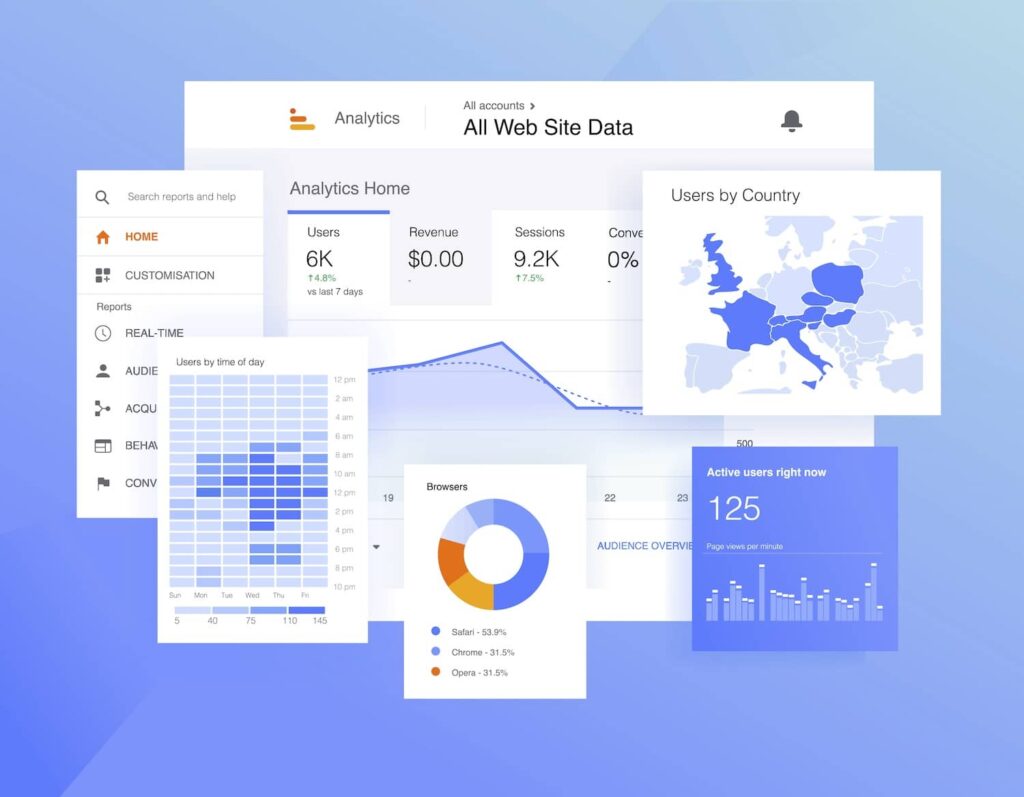Unveiling the Impact of Secondary Measurement in Google Analytics on Data Evaluation and Insights
In the world of data analytics, the application of additional measurements within Google Analytics has arised as a crucial tool for removing deeper understandings and unraveling complicated patterns that may otherwise continue to be obscured. By peeling off back the layers of primary information sets, second measurements provide a nuanced perspective that enhances the understanding of individual habits, site efficiency, and the effectiveness of advertising methods. The true effect and untapped possibility of secondary dimensions are commonly underestimated, eclipsed by the appeal of main metrics. As we browse with the intricate landscape of data evaluation, the significance of additional dimensions comes to be progressively evident, losing light on essential details that hold the secret to notified decision-making and critical optimizations.
Exploring the Idea of Additional Dimensions
Additional measurements in Google Analytics offer added understandings by enabling users to evaluate primary information in conjunction with an additional attribute. By integrating second dimensions, individuals can dive deeper right into the information and uncover useful relationships that might or else go undetected - what is a secondary dimension in google analytics.
By checking out the numerous second measurements readily available in Google Analytics, users can unlock new insights and enhance their digital advertising initiatives. In significance, additional measurements offer as an effective device for boosting data evaluation and driving actionable outcomes.
Enhancing Data Interpretation With Additional Dimensions
Having actually developed the foundational understanding of secondary measurements in Google Analytics and their essential function in data evaluation, the focus now changes towards leveraging these secondary credit to enhance the analysis of analytics data (what is a secondary dimension in google analytics). By incorporating second dimensions right into data analysis, experts can acquire much deeper insights into customer behavior, internet site performance, and marketing performance

Furthermore, second measurements help in contextualizing key information metrics by offering additional layers of details. This contextualization aids in understanding the 'why' behind the information patterns, aiding experts make informed optimizations and decisions to improve total performance. Ultimately, including second measurements enriches the information interpretation process, resulting in more purposeful insights and critical actions.
Revealing Hidden Insights Through Second Dimensions
Checking out the depths of analytics data with second dimensions discloses valuable understandings that would certainly otherwise continue to be obscured. By integrating second dimensions in Google Analytics, organizations can unearth concealed patterns, trends, and connections that provide a more thorough understanding of user habits and internet site performance. These extra layers of information allow analysts to dig much deeper into the primary measurements, such as website traffic sources or landing pages, and obtain a much more nuanced viewpoint on how various variables engage with each various other.
Via the usage of additional measurements, experts can sector and compare information across various dimensions, allowing them to determine particular aspects that influence customer involvement, conversion rates, and overall success metrics. By coupling the main dimension of 'tool group' with the second measurement of 'age group,' marketing professionals can identify which age demographics like accessing the web site through mobile tools versus desktop computers.
Leveraging Second Measurements for Actionable Analytics
Structure upon the insights revealed via second measurements in Google Analytics, companies can now harness this enriched information landscape to drive workable analytics and strategic decision-making. By leveraging secondary measurements, organizations can delve deeper right into their data to draw out beneficial patterns, fads, and connections that may have previously gone undetected. This deeper degree of evaluation allows organizations to acquire an extra extensive understanding of individual actions, campaign efficiency, and total website efficiency.
One trick advantage of using second dimensions for actionable analytics is the capacity to sector data based upon details standards. This segmentation permits companies to tailor their projects and techniques to different audience groups, bring about more targeted and reliable advertising and marketing efforts - what is a secondary dimension in google analytics. In addition, additional measurements offer a more holistic sight of customer communications, enabling businesses to optimize their web site web content, style, and total customer experience
Making Best Use Of Decision-Making With Secondary Dimensions
To enhance tactical decision-making in analytics, leveraging secondary dimensions this content in Google Analytics can offer a more nuanced point of view on individual behavior and campaign performance. By incorporating secondary dimensions right into information analysis, companies can dig deeper into the specifics of their website site visitors' communications and involvement patterns. This extra layer of info enables a more extensive understanding of how different variables, such as demographics, devices, or traffic resources, influence crucial performance indicators.

Final Thought
To conclude, the usage of additional dimensions in Google Analytics plays a crucial function in enhancing information analysis and discovering covert understandings. By exploring this concept, one can get a deeper understanding of customer behavior and make educated decisions based upon actionable analytics. Leveraging additional dimensions enables an extra Read More Here detailed analysis of data and optimizes check my blog the effectiveness of decision-making procedures.
